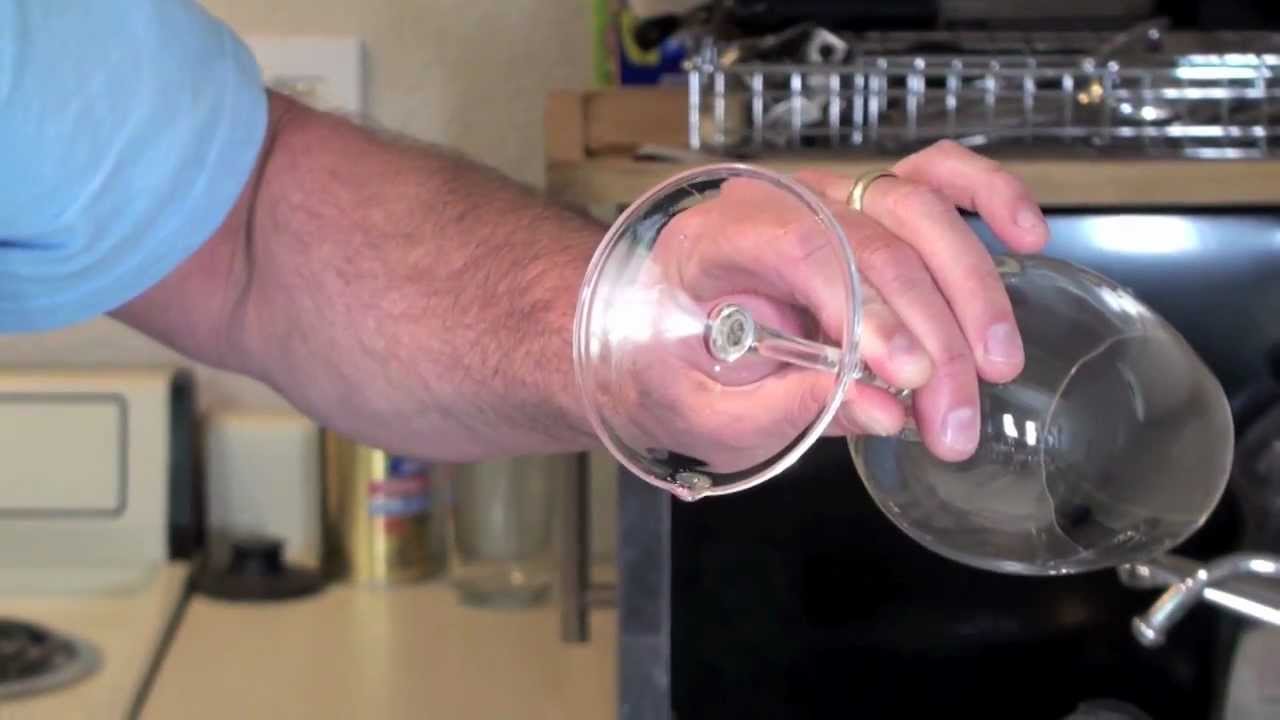

Tableware
How To Clean Cloudy Wine Glasses
Modified: January 23, 2024
Learn the best techniques and products to effectively clean and restore the sparkle to your cloudy wine glasses. Keep your tableware looking its best!
(Many of the links in this article redirect to a specific reviewed product. Your purchase of these products through affiliate links helps to generate commission for Storables.com, at no extra cost. Learn more)
Introduction
Wine glasses are not just vessels for enjoying your favorite vintage; they are also an essential part of the wine-drinking experience. The clear, pristine appearance of wine glasses allows us to fully appreciate the color and clarity of the wine. However, over time, wine glasses can develop a cloudy or hazy appearance, which can diminish the enjoyment of sipping wine.
In this article, we will explore why wine glasses become cloudy and discuss various methods to clean them effectively. We will also provide tips on preventing cloudiness in the future, so you can continue to enjoy your wine in crystal-clear glasses.
Key Takeaways:
- Say goodbye to cloudy wine glasses by using gentle cleaning methods like handwashing with dish soap and soaking with vinegar solution. Prevent future cloudiness with proper care and maintenance.
- Restore the sparkle to your wine glasses with baking soda paste, denture tablets, and a final polish with a microfiber cloth. Keep them crystal clear by following simple preventative measures. Cheers to pristine wine glasses!
Read more: How To Clean Cloudy Glass
Understanding Cloudy Wine Glasses
Cloudy wine glasses can be a result of various factors, and understanding why this happens is key to finding the most effective cleaning method. The most common culprit behind cloudiness is a buildup of residue or film on the surface of the glass. This residue can come from a variety of sources, including leftover detergent from dishwasher cycles, hard water stains, or remnants of wine deposits.
When wine glasses are not properly cleaned or rinsed after use, the residue can slowly accumulate over time and create a cloudy appearance. This can be especially problematic for glasses with delicate designs or intricate shapes, as the residue can settle into crevices or etchings, making it harder to remove.
In addition to residue, cloudiness can also be caused by the use of harsh or abrasive cleaning products. Certain chemical cleaners can leave a film or residue on the glass, creating a hazy look. It’s important to choose cleaning methods that are gentle on the glass surface to avoid further damage or cloudiness.
Another factor to consider is the type of glassware used. Crystal glasses, for example, are more prone to cloudiness due to their porous nature. The tiny pores in the crystal can trap residue and create a foggy appearance. However, even regular glassware can develop a cloudy look if not properly cared for.
Before jumping into the cleaning methods, it’s worth noting that not all cloudiness can be completely removed. In some cases, the damage to the glass may be permanent, especially if the cloudiness is caused by etching or scratches. However, with the right cleaning techniques and preventive measures, you can significantly improve the appearance of your wine glasses and enjoy their clarity once again.
Common Causes of Cloudiness
Cloudy wine glasses can be a frustrating problem, but understanding the common causes can help you address and prevent cloudiness in the future.
1. Residue from Dishwasher Detergent: One of the main culprits behind cloudiness is residue from dishwasher detergent. If the detergent is not rinsed off thoroughly, it can leave behind a film on the glass, creating a hazy appearance. Additionally, some dishwasher detergents contain harsh chemicals that can react with minerals in the water and cause cloudiness.
2. Hard Water Stains: Hard water, which contains a high concentration of minerals like calcium and magnesium, can leave visible marks on your wine glasses. Over time, these mineral deposits can build up and create a cloudy or white film on the glass.
3. Wine Deposits: Wine itself can contribute to cloudiness in wine glasses. Even after thorough rinsing, remnants of wine can cling to the glass surface and dry, leaving a cloudy residue.
4. Improper Cleaning Techniques: Using the wrong cleaning products or methods can also lead to cloudiness. Harsh abrasives, such as scouring pads or harsh chemical cleaners, can damage the glass surface and leave behind a hazy appearance.
5. Age and Wear: Over time, with regular use and cleaning, wine glasses may develop scratches or etching on the surface. These imperfections can trap dirt and residue, making it difficult to achieve a crystal-clear appearance.
By understanding these common causes of cloudiness, you can take the necessary steps to address the issue and prevent cloudiness from occurring in the future. The following sections will guide you through effective cleaning methods that will restore the clarity of your wine glasses.
Preparing the Glasses for Cleaning
Before diving into the cleaning process, it is important to prepare your different wine glasses properly. Taking some simple steps beforehand will help make the cleaning process more effective and ensure the best possible results.
- Inspect the Glasses: Start by examining the glasses for any visible dirt, stains, or residue. Identifying any specific areas of concern will help you target those areas during the cleaning process.
- Remove Any Wine Residue: If there is leftover wine in the glasses, pour it out and rinse the glasses with lukewarm water. Gently swirl the water around to dislodge any stuck-on residue before proceeding with the cleaning methods.
- Check for Etching or Scratches: Take a closer look at the glass surface for any signs of etching or scratches. While these may not be easily removable, it’s good to be aware of them before commencing the cleaning process.
- Choose the Right Cleaning Method: Consider the material of your wine glasses, as well as the severity of cloudiness. Some cleaning methods are better suited for certain types of glassware. For delicate crystal glasses, for example, you may want to opt for more gentle cleaning techniques to avoid further damage.
- Gather the Cleaning Supplies: Ensure that you have all the necessary cleaning supplies on hand. This may include mild dish soap, vinegar, baking soda, denture tablets, a microfiber cloth, and a clean, non-abrasive sponge or brush.
By preparing your glasses properly, you set the stage for effective cleaning and increase the chances of achieving a crystal-clear result. With these preliminary steps taken care of, you are now ready to dive into the various cleaning methods that will bring back the sparkle to your wine glasses.
Method 1: Handwashing with Dish Soap
This method is a gentle and effective way to clean cloudy wine glasses, particularly if the cloudiness is caused by residue from dishwasher detergent or wine deposits.
- Gather Your Supplies: You will need a clean sink or basin, mild dish soap, warm water, and a soft sponge or brush.
- Fill the Sink: Fill the sink or basin with warm water. Make sure the water is not too hot, as extreme temperature changes can damage delicate glassware.
- Add Dish Soap: Add a small amount of mild dish soap to the water and mix it gently until it creates suds.
- Soak the Glasses: Place the cloudy wine glasses into the soapy water, ensuring that they are fully submerged. Allow the glasses to soak for approximately 10-15 minutes. This will help loosen any residue or deposits on the glass surface.
- Gently Clean: After soaking, take a soft sponge or brush and gently scrub the inside and outside of each glass. Pay extra attention to any areas with visible cloudiness or stains. Be careful not to apply excessive pressure or use abrasive materials, as this can scratch or damage the glass.
- Rinse Thoroughly: Rinse each glass thoroughly with lukewarm water to remove any soap residue. Hold the glass under running water or fill it with water and swish it around to ensure all soap is removed.
- Dry with a Lint-Free Cloth: Use a clean, lint-free cloth to gently dry each glass. Avoid using paper towels or abrasive materials, as they can leave lint or scratches on the glass. If there are still signs of cloudiness, move on to additional cleaning methods.
Handwashing your wine glasses with dish soap is a safe and effective method to remove common causes of cloudiness. This process helps eliminate residue and leaves your glasses looking clean and refreshed. However, if the cloudiness persists, don’t worry; there are still other methods to try to restore the clarity of your glasses.
Read more: How To Clean A Cloudy Glass Cooktop
Method 2: Soaking with Vinegar Solution
If your wine glasses are still cloudy after handwashing with dish soap, another effective method is soaking them in a vinegar solution. Vinegar helps to dissolve mineral deposits and remove stubborn stains, leaving your glasses sparkling clean.
- Create the Vinegar Solution: In a clean sink or basin, mix equal parts white vinegar and water. For example, if you use 1 cup of vinegar, add 1 cup of water. The vinegar will help break down mineral deposits and eliminate cloudiness.
- Soak the Glasses: Place the cloudy wine glasses into the vinegar solution, ensuring that they are fully submerged. Allow the glasses to soak for at least 30 minutes to an hour, or longer if the cloudiness is severe.
- Gently Scrub: After soaking, remove the glasses from the solution and use a soft sponge or brush to gently scrub away any remaining cloudiness. Pay extra attention to areas with visible stains or deposits.
- Rinse Thoroughly: Rinse each glass thoroughly with lukewarm water to remove any vinegar residue. Hold the glass under running water or fill it with water and swish it around to ensure all vinegar is washed away.
- Dry with a Lint-Free Cloth: Use a clean, lint-free cloth to gently dry each glass. Ensure that they are completely dry to prevent any water spots or residue from forming.
Soaking your wine glasses in a vinegar solution is an effective way to dissolve mineral deposits and remove cloudiness. Vinegar is a natural cleaning agent that can tackle stubborn stains and leave your glasses looking sparkling clean. If you still notice cloudiness after this method, don’t worry; we have more cleaning techniques to explore.
To clean cloudy wine glasses, soak them in a mixture of equal parts white vinegar and warm water for 10-15 minutes, then scrub with a soft sponge and rinse thoroughly. This should help remove the cloudiness and restore the glasses’ clarity.
Method 3: Using Baking Soda Paste
If your wine glasses are still plagued by cloudiness, using a baking soda paste can help remove stubborn residue and restore their clarity. Baking soda is a gentle abrasive that can effectively scrub away stains without scratching the glass.
- Create the Baking Soda Paste: In a small bowl, mix a tablespoon of baking soda with a few drops of water to form a thick paste. Adjust the amounts as needed to achieve the desired consistency.
- Apply the Paste: Using a soft cloth or sponge, apply the baking soda paste to the cloudy areas of the wine glasses. Cover the affected areas with the paste and let it sit for 10-15 minutes. The baking soda will help break down the residue and lift it from the glass surface.
- Scrub Gently: After the paste has had time to work its magic, use a soft sponge or brush to gently scrub the glass in circular motions. Focus on the areas with cloudiness or stains, but be careful not to apply too much pressure, as vigorous scrubbing can cause scratches.
- Rinse Thoroughly: Rinse each glass thoroughly with lukewarm water to remove any baking soda residue. Ensure that all paste is washed away and that the glasses are clean and clear.
- Dry with a Lint-Free Cloth: Use a clean, lint-free cloth to gently dry each glass. Make sure they are completely dry to avoid water spots or residue.
Using a baking soda paste is a safe and effective way to remove stubborn residue from your wine glasses. Baking soda’s gentle abrasive properties help to lift stains and cloudiness without damaging the glass. If the cloudiness persists, don’t fret; there are still other methods to try.
Method 4: Cleaning with Denture Tablets
If your wine glasses still have cloudiness after trying the previous methods, cleaning them with denture tablets can be a game-changer. Denture tablets are designed to remove stains and residue from dentures, and they can also work wonders on cloudy glassware.
- Gather Your Supplies: You will need a clean sink or basin, warm water, denture cleaning tablets, and your cloudy wine glasses.
- Fill the Sink: Fill the sink or basin with warm water, enough to fully submerge your wine glasses.
- Add Denture Tablets: Drop one or two denture cleaning tablets into the water. The effervescent action of the tablets will help break down the residue and remove cloudiness from the glass.
- Place the Glasses: Submerge the cloudy wine glasses into the water and ensure they are fully covered. Allow them to soak for the duration recommended on the denture tablet packaging, usually around 15-20 minutes.
- Gently Scrub: After the soaking time, remove the glasses from the solution and use a soft sponge or brush to gently scrub away any remaining cloudiness or stains. Pay extra attention to the areas that require extra cleaning.
- Rinse Thoroughly: Rinse each glass thoroughly with lukewarm water to remove any residue from the denture tablet solution.
- Dry with a Lint-Free Cloth: Use a clean, lint-free cloth to gently dry each glass. Ensure they are completely dry to prevent any water spots or residue from forming.
Using denture tablets is a clever hack to remove cloudiness from your wine glasses. The effervescent action of the tablets helps to break down residue and bring back the crystal-clear appearance of the glass. If you are still facing cloudiness, there is one more method to try in order to restore the clarity of your wine glasses.
Method 5: Polishing with Microfiber Cloth
If your wine glasses still have a slight haze or residue after using the previous cleaning methods, polishing them with a microfiber cloth can give them that final touch of clarity. Microfiber cloths are designed to pick up dirt and smudges without leaving streaks, making them ideal for achieving a shiny, spotless finish on glassware.
- Gather Your Supplies: You will need a clean microfiber cloth and your wine glasses.
- Inspect the Glasses: Examine the glasses to ensure that they are free from visible residue or stains. If there are any spots or streaks, proceed with the polishing method.
- Prepare the Microfiber Cloth: Fold the microfiber cloth into a small, manageable size. This will allow for better control and an easier grip while polishing.
- Polish the Glasses: Hold the glass firmly but gently with one hand while using the other hand to buff the surface with the microfiber cloth. Use circular motions or straight strokes to polish the glass, focusing on any areas with remaining cloudiness or smudges.
- Continue Until Shiny: Keep polishing the glass with the microfiber cloth until it appears clear and shiny. Take your time and be thorough in your polishing to ensure a flawless finish.
- Inspect and Make Final Touches: After polishing, inspect the glass from various angles to check for any missed spots or smudges. If necessary, go over those areas again with the microfiber cloth until you achieve the desired clarity.
Polishing your wine glasses with a microfiber cloth is a great final step to ensure they look their best. The cloth’s soft texture and ability to pick up residue without leaving streaks make it an ideal tool for achieving a flawless, crystal-clear finish. With this method, your wine glasses should now be sparkling and ready to serve your favorite wines.
Read more: How To Clean Cloudy Glass Vases
Preventing Cloudiness in Wine Glasses
Now that you have successfully restored the clarity of your wine glasses, it’s important to take steps to prevent future cloudiness. By implementing a few simple practices, you can keep your glasses looking pristine and ensure a delightful wine-drinking experience every time.
- Rinse Immediately: After enjoying a glass of wine, rinse your wine glasses with lukewarm water immediately. This will help remove any remaining wine residue and prevent it from drying and causing cloudiness.
- Avoid Harsh Chemicals: When cleaning your wine glasses, steer clear of harsh cleaning agents that can leave a film or residue. Opt for mild dish soap or other gentle cleaning solutions instead.
- Handwash with Care: Whenever possible, handwash your wine glasses rather than using a dishwasher. Handwashing allows for more control and reduces the risk of cloudiness from residual dishwasher detergent.
- Use Soft Materials: When cleaning or drying your wine glasses, use soft materials such as microfiber cloths or non-abrasive sponges to avoid scratching the glass surface.
- Prevent Hard Water Stains: If you have hard water, minimize the risk of mineral deposits and stains by drying your glasses immediately after washing, or consider using a water-softening agent or filtered water for rinsing.
- Store Properly: Store your wine glasses in a clean and dust-free environment. Using protective storage solutions, such as padded glassware sleeves or stemware racks, can help prevent scratches or damage that can contribute to cloudiness.
- Handle with Care: Handle your wine glasses with care to avoid accidental bumps or knocks. Rough handling can lead to chips, cracks, or cloudiness on the glass surface.
- Polish Regularly: Maintain the shine and clarity of your wine glasses by giving them a gentle polish with a microfiber cloth periodically. This will help remove any residue or smudges that may accumulate over time.
By following these preventative measures, you can prolong the pristine appearance of your wine glasses and continue to enjoy the true beauty of your wines. Regular TLC and mindful handling will ensure that your glasses always enhance your wine-drinking experience.
Conclusion
Cloudy wine glasses can be a frustrating sight, but with the right cleaning methods and preventive measures, you can restore their clarity and enjoy your favorite wines in all their splendor. Understanding the common causes of cloudiness, such as residue buildup and hard water stains, is key to finding the most effective cleaning approach.
We explored several methods to clean cloudy wine glasses, from handwashing with dish soap to soaking with vinegar solution, using baking soda paste, cleaning with denture tablets, and polishing with a microfiber cloth. By following these techniques, you can tackle different types of cloudiness and bring back the crystal-clear beauty of your glasses.
However, prevention is always better than cure. To minimize the occurrence of cloudiness in the future, rinse your wine glasses promptly after use, avoid using harsh chemicals, handwash with care, and handle your glasses gently. Storing them properly and periodically polishing them with a microfiber cloth will also help maintain their pristine condition.
Remember, the joy of sipping wine is not only about the taste but also the visual experience. Clear, sparkling wine glasses allow you to fully appreciate the color and clarity of the wine, elevating the overall enjoyment. By keeping your wine glasses free from cloudiness, you can enhance your wine-drinking experience and impress your guests with the elegance of perfectly clear glassware.
So, don’t let cloudiness dampen your wine-tasting experience. Implement these cleaning techniques and preventive measures to keep your wine glasses crystal clear and ready to enhance every sip.
Cheers to enjoying wine in all its brilliance!
Frequently Asked Questions about How To Clean Cloudy Wine Glasses
Was this page helpful?
At Storables.com, we guarantee accurate and reliable information. Our content, validated by Expert Board Contributors, is crafted following stringent Editorial Policies. We're committed to providing you with well-researched, expert-backed insights for all your informational needs.
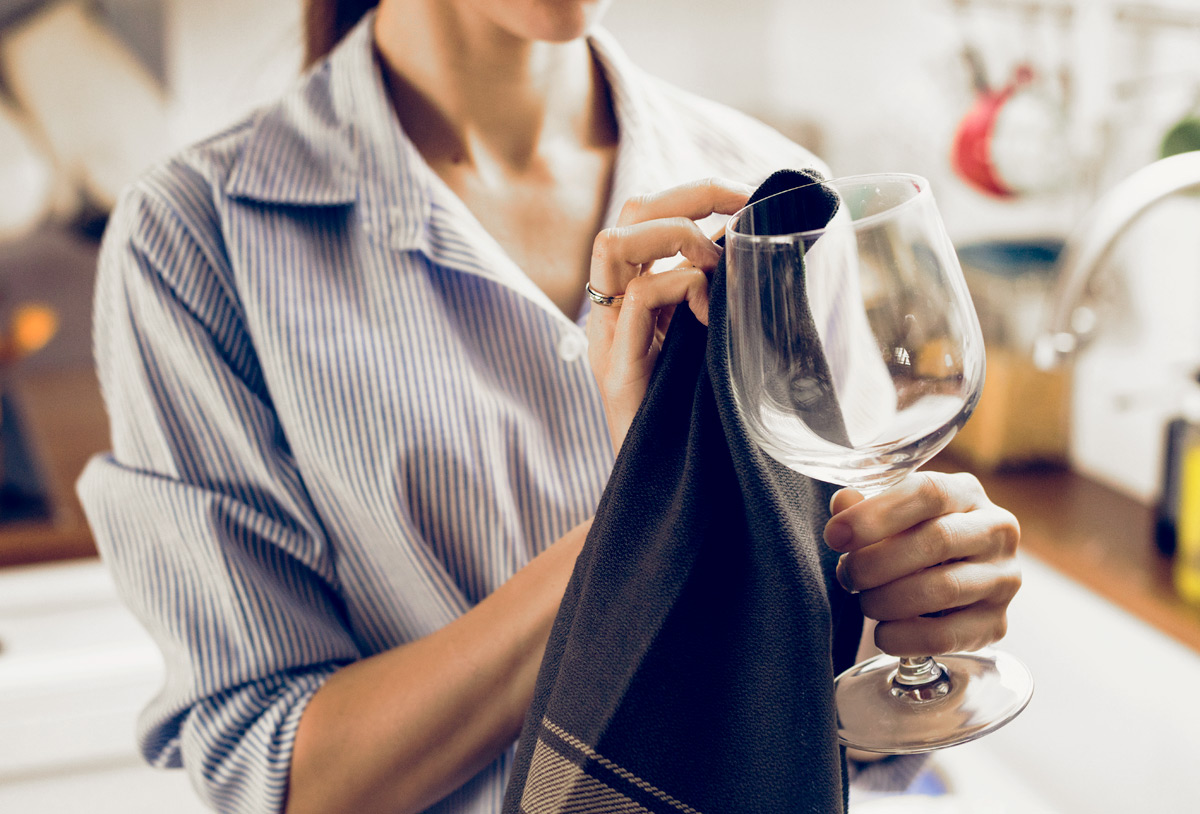
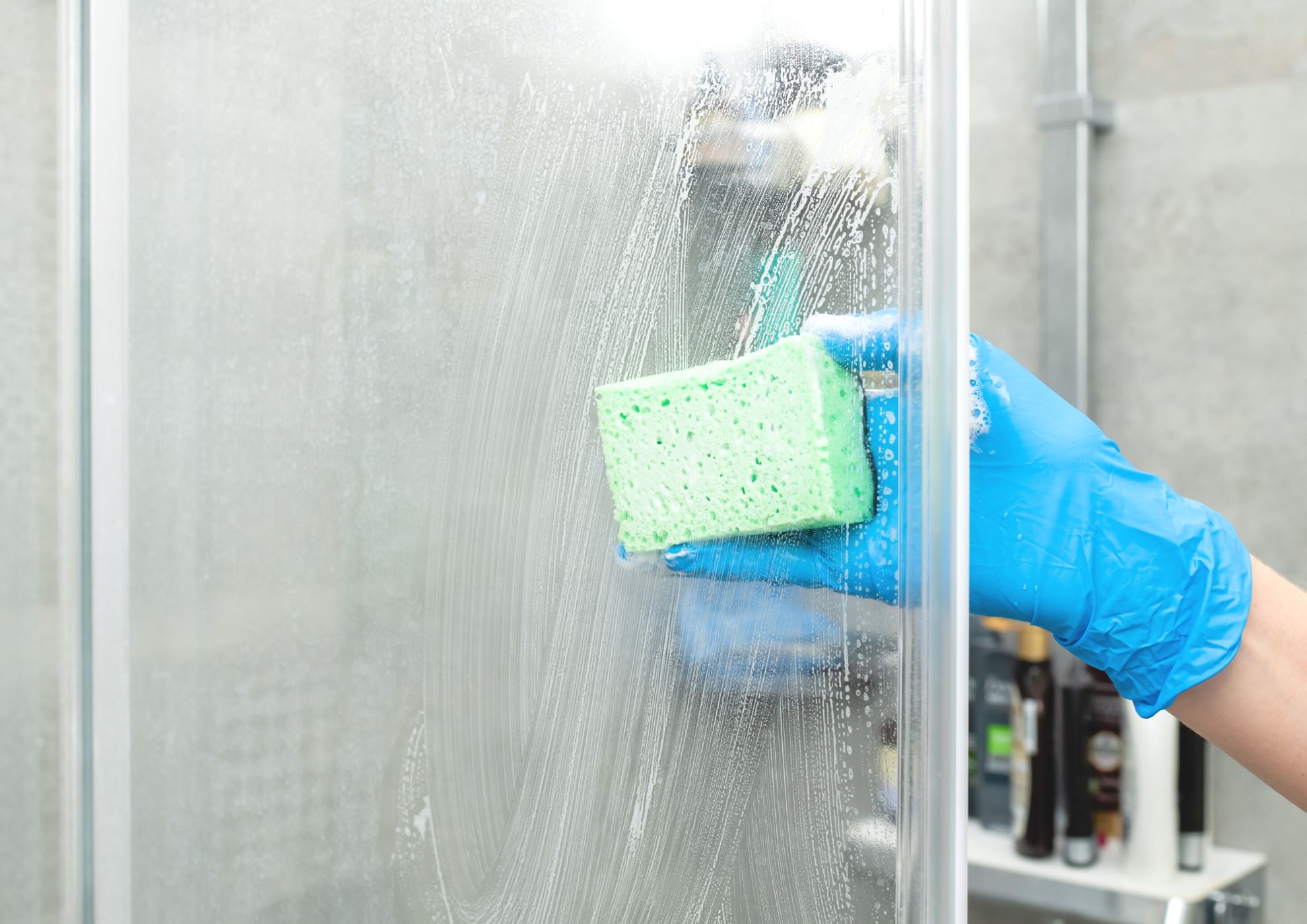
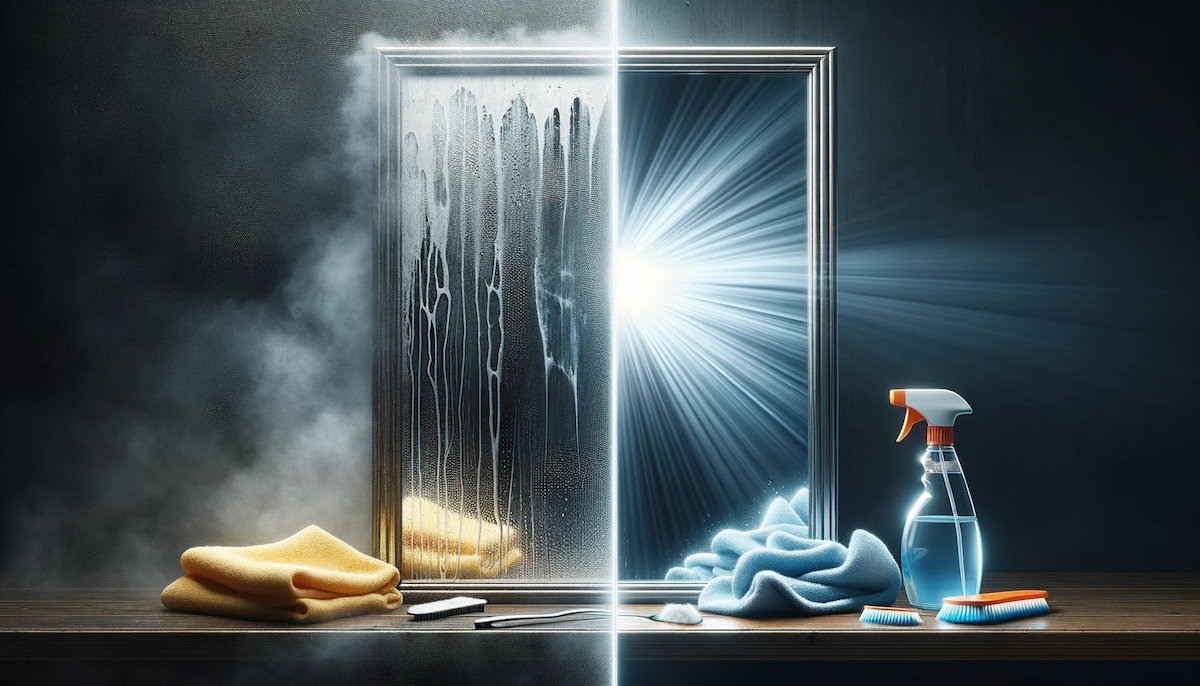
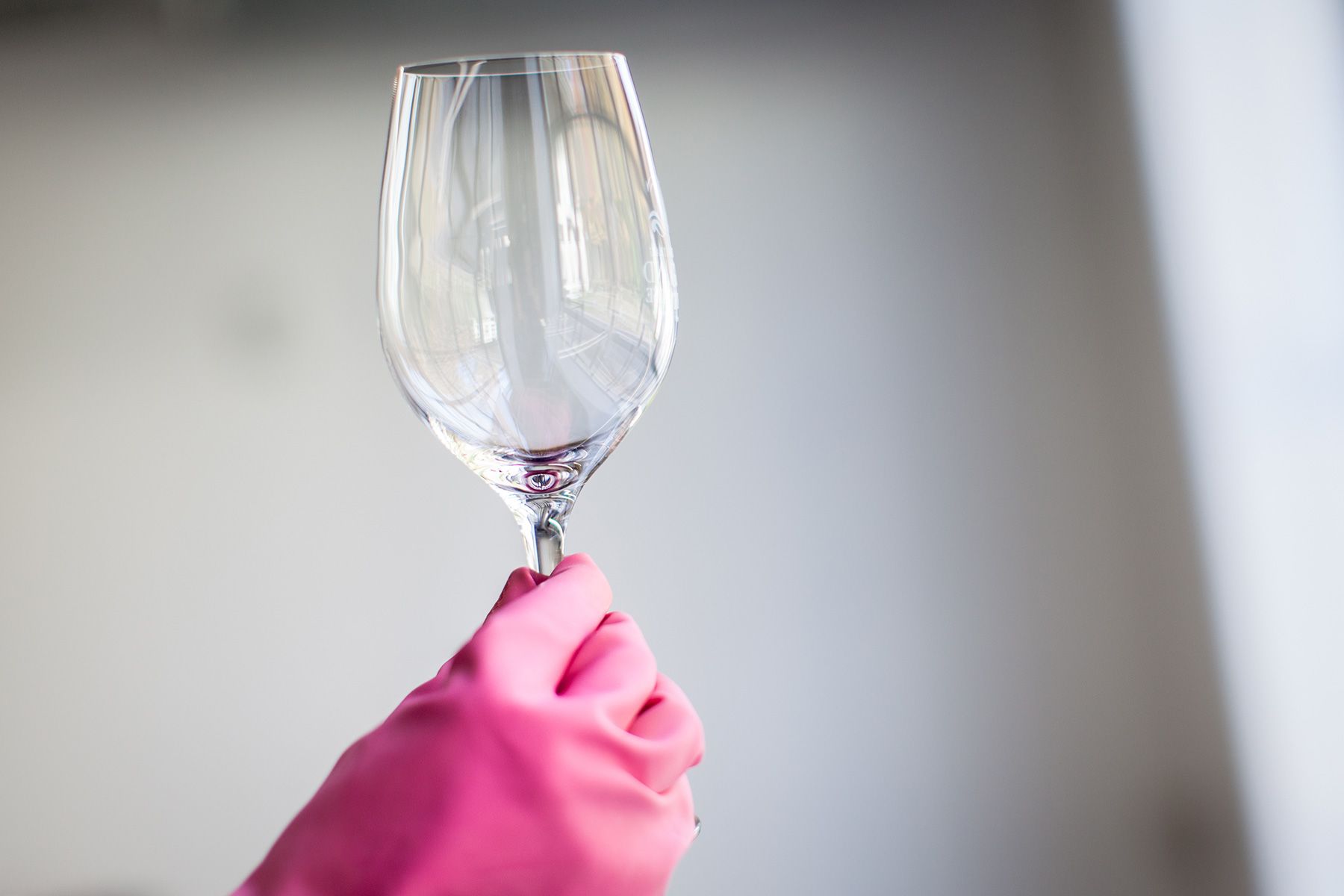
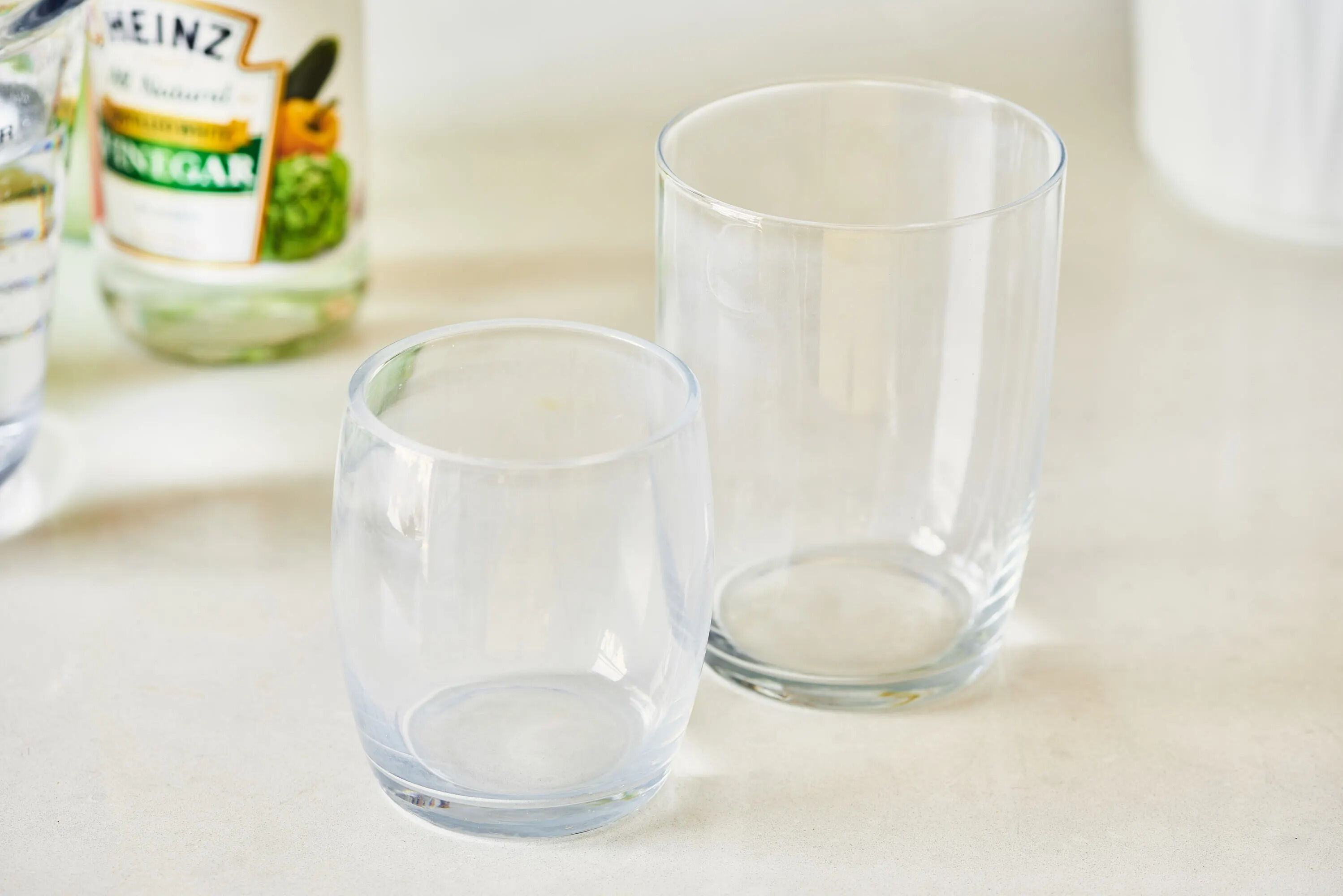
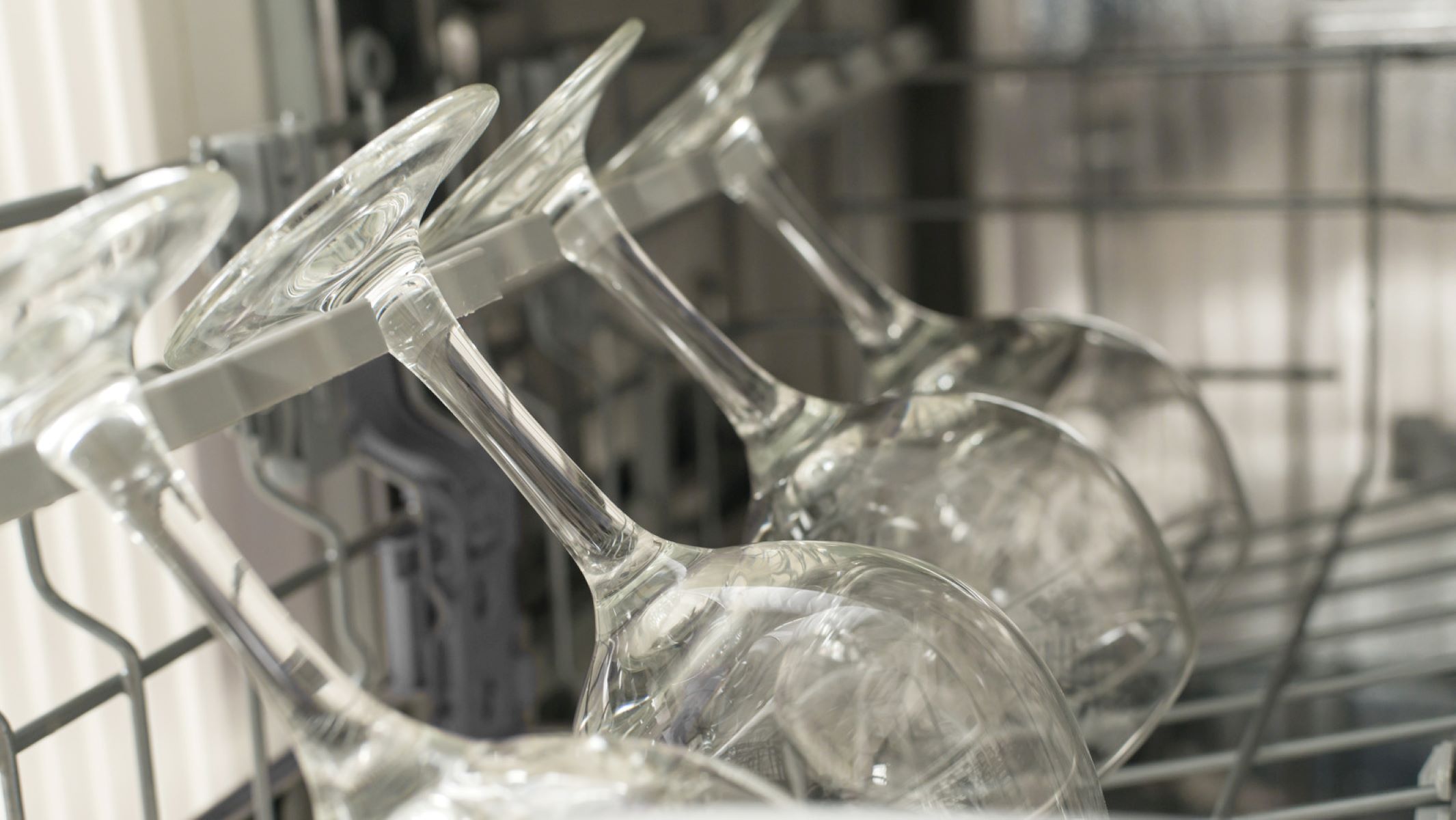
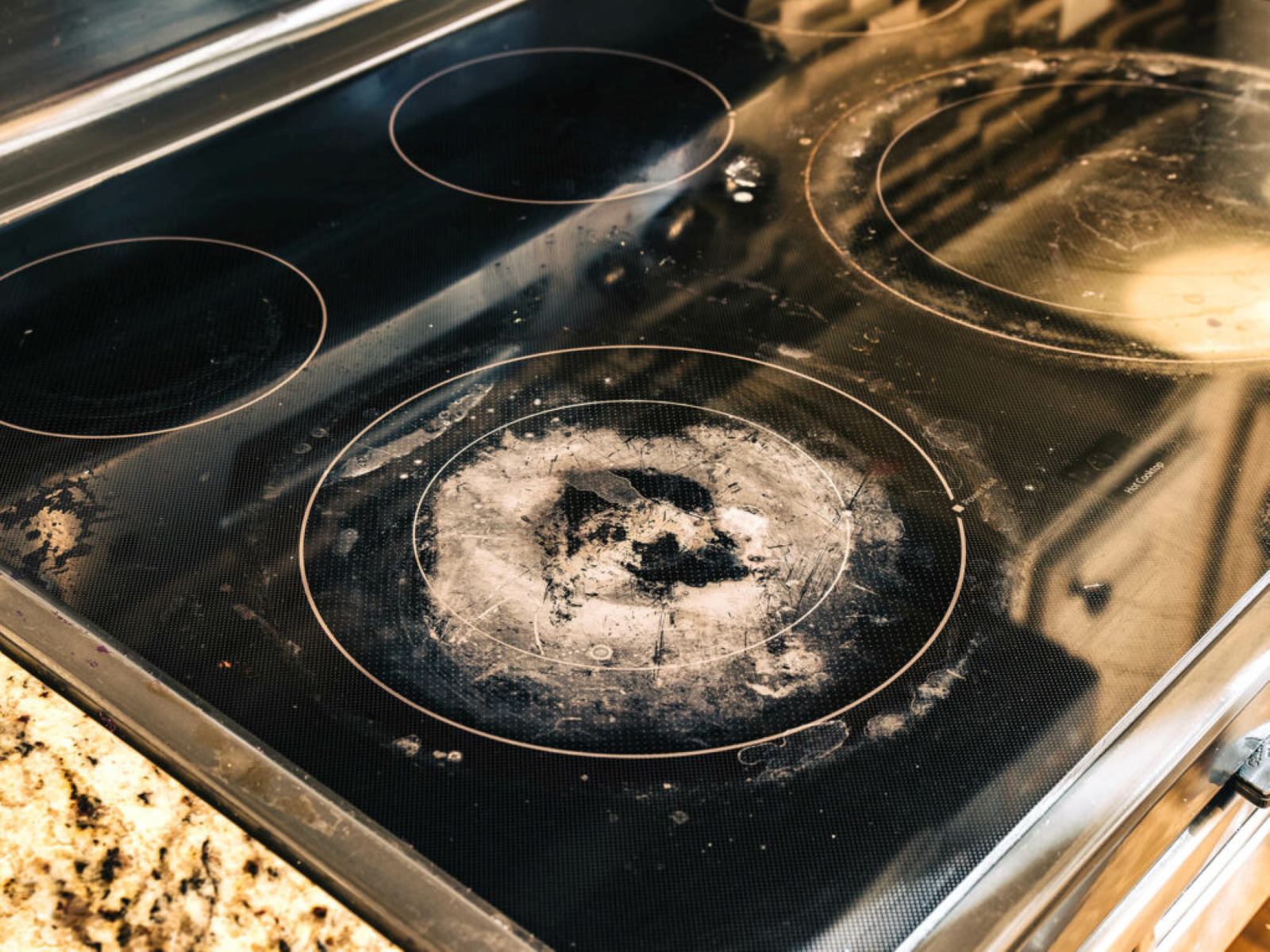
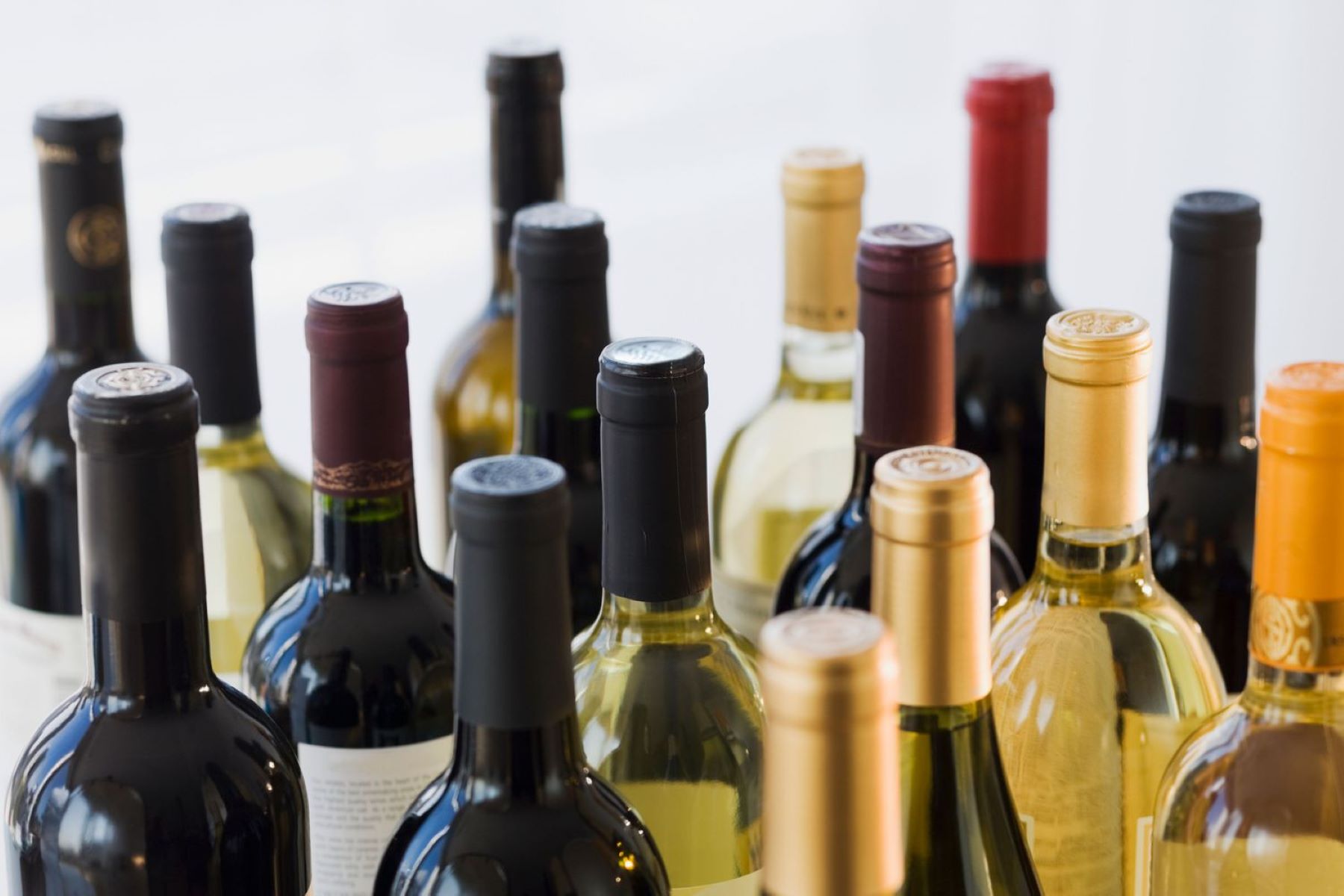
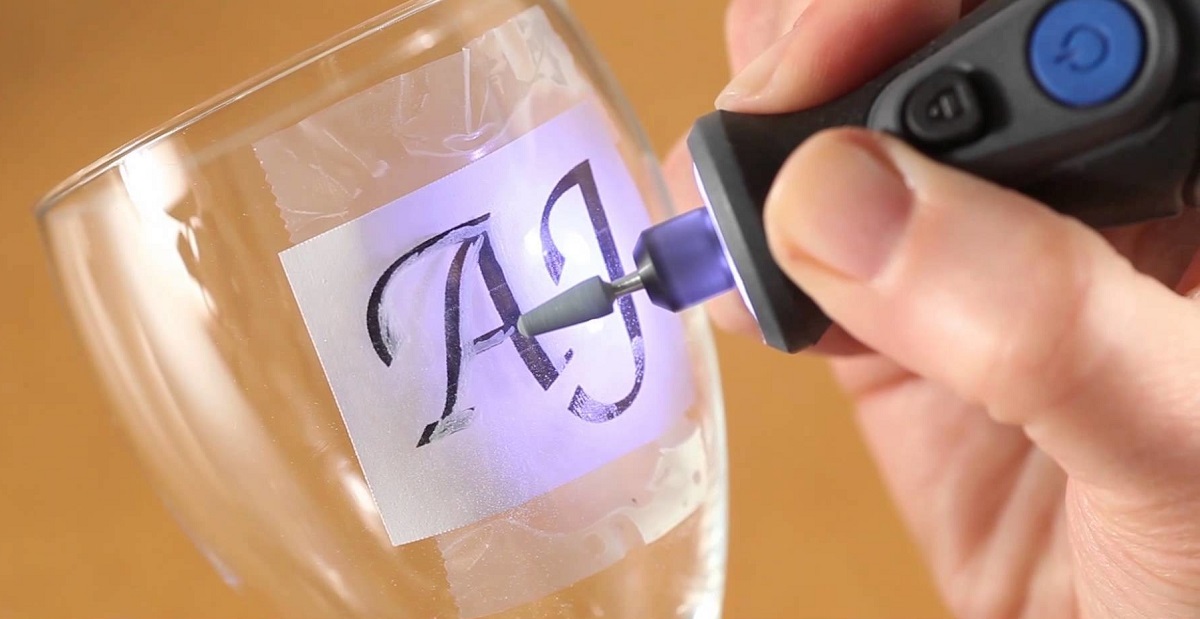
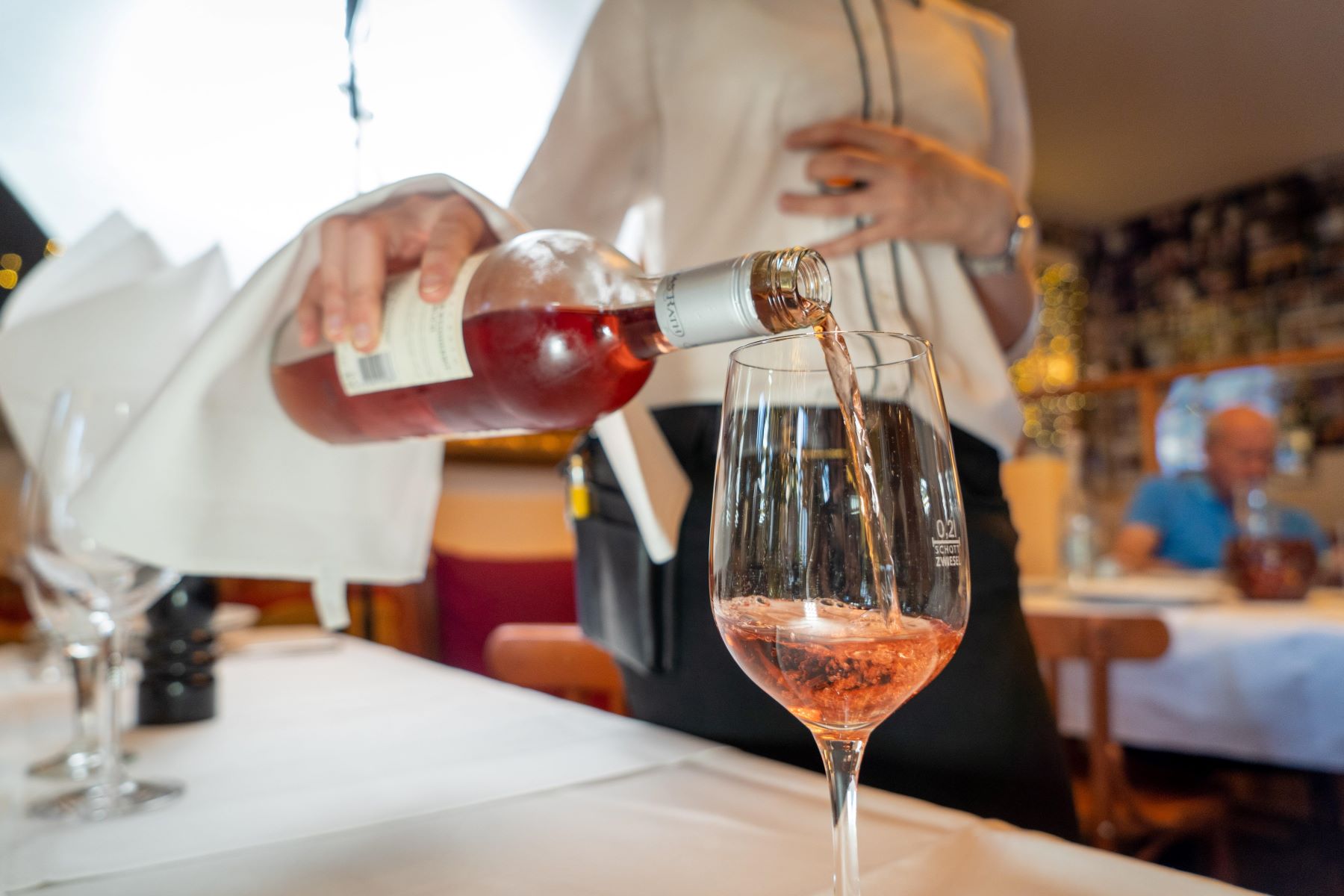
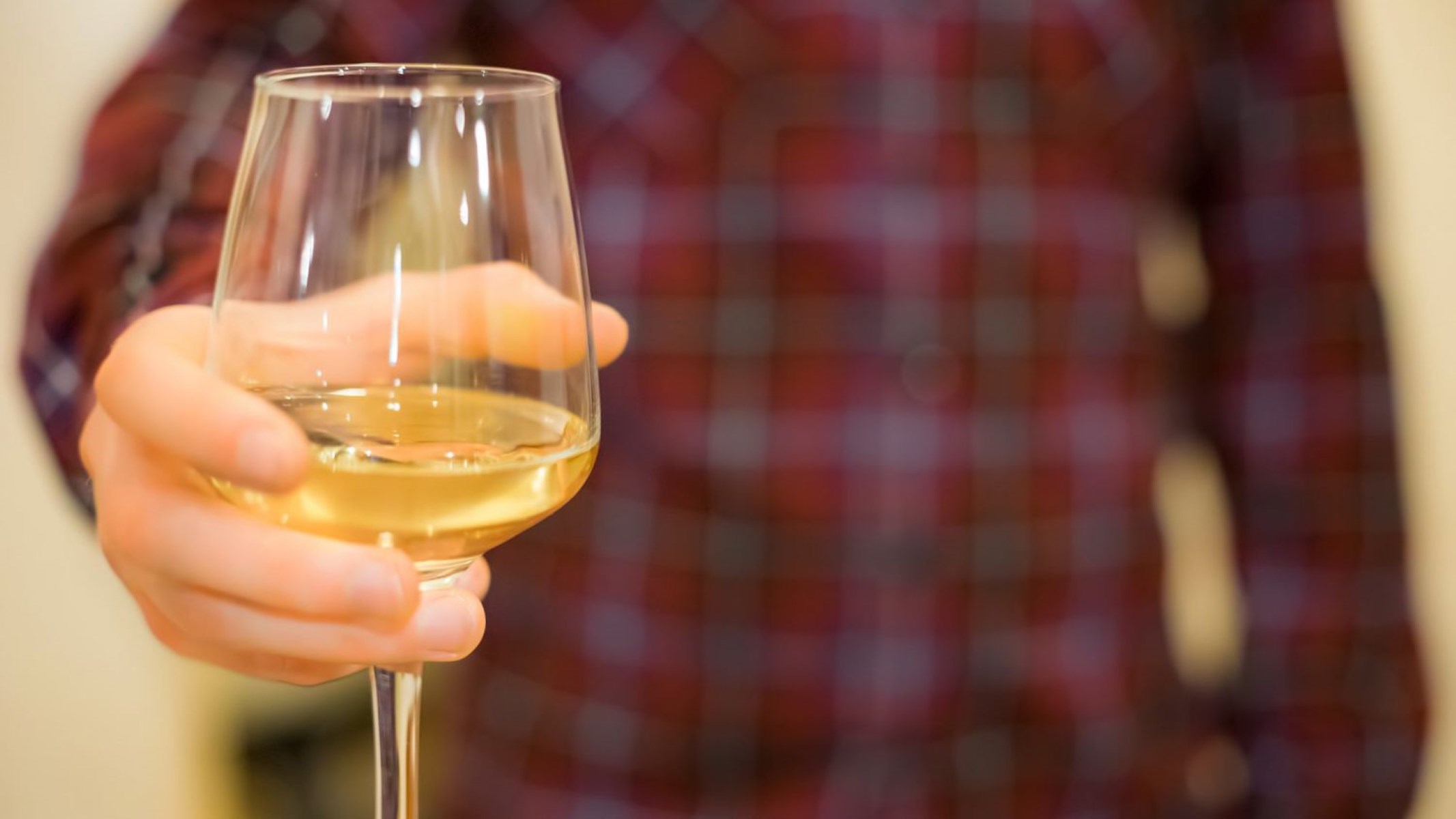

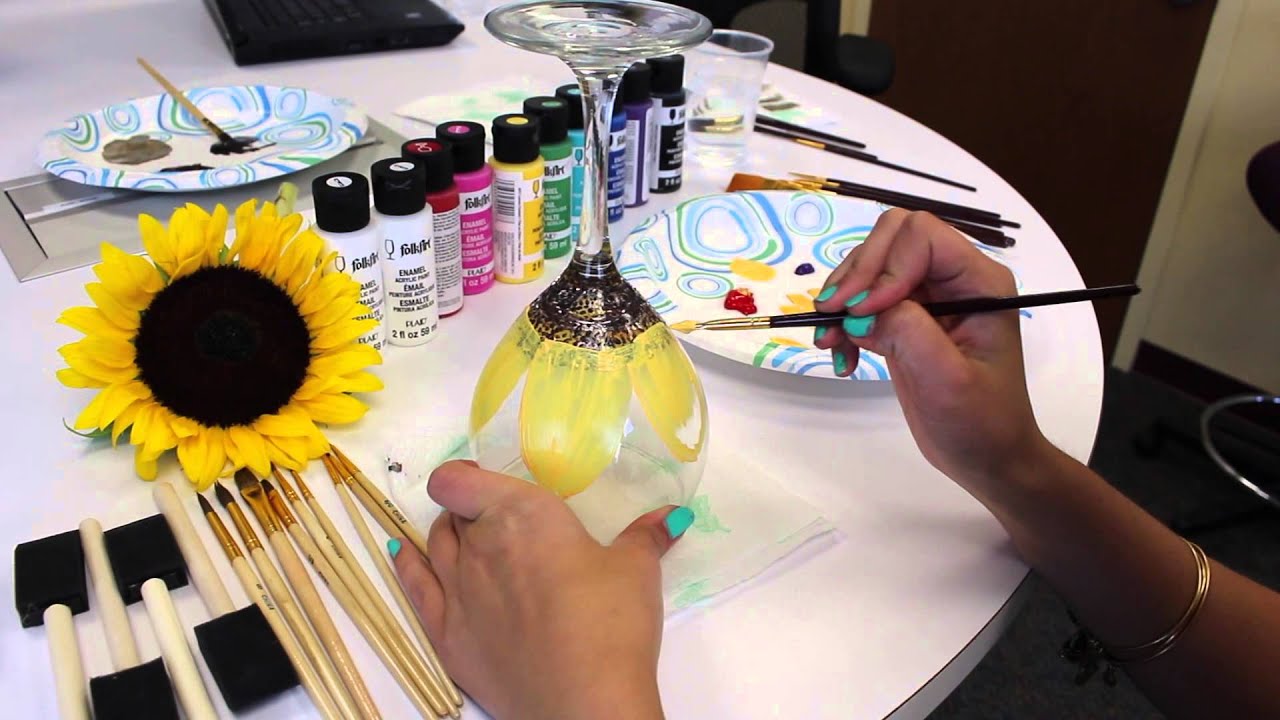

0 thoughts on “How To Clean Cloudy Wine Glasses”